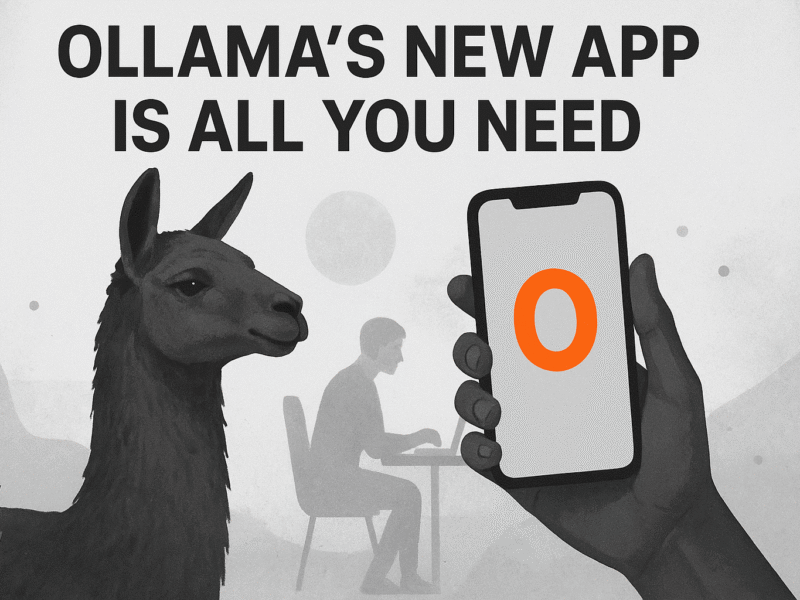Multilevel marketing (MLM) is often a topic of debate, with passionate advocates and wary critics. Understanding this intricate business model is crucial for anyone considering involvement in MLM companies. By examining its operational structure, strategies, and ethical implications, we can shed light on how MLM differs from more conventional sales methods.
What is multilevel marketing (MLM)?
Multilevel marketing is a business model that blends sales with recruitment to generate revenue. Participants can earn commissions not only from their sales efforts but also from the sales made by individuals they recruit. This structure promotes a hierarchy where each level of sales representatives has the potential to earn income through their network of recruits.
Definition and structure of MLM
At its core, MLM relies on a network of unsalaried sales representatives who promote products directly to consumers. These representatives earn commissions from their sales, while also incentivizing them to recruit additional salespeople. The resulting organizational structure often resembles a pyramid, with top earners at the highest levels benefiting the most. Terms like referral marketing and network marketing are often used interchangeably with MLM, but they may vary in their specifics.
Operational mechanism of MLM
MLM operates primarily on a direct sales model. Independent sales representatives market products directly to their consumers, often utilizing personal relationships and networks. This differs from traditional retail, where products are sold through established storefronts. Within MLM organizations, the lack of a rigid hierarchy means that representatives can often earn substantial sums by building their teams. Compensation plans typically reward individuals through:
- Commissions: Earnings from personal sales.
- Downline earnings: Income from recruits’ sales.
Target demographic for MLM
The primary audience for MLM opportunities often includes demographics that value flexibility in their work life. Many participants tend to be women, such as young mothers seeking additional income while managing their home responsibilities. Networking is a critical factor in MLM, as former customers may become new representatives, extending the reach of the business model.
Sales channels used in MLM
MLM companies utilize diverse channels to promote their products. These include:
- Farmer’s markets and fairs: Direct consumer engagement.
- Online events and social media: Leveraging digital platforms to reach wider audiences.
- Influencer marketing: Collaborating with social media figures to promote products.
- Home visits and virtual parties: Personal touches in sales approaches.
Legality and ethical concerns in MLM
The legal framework surrounding MLM varies across different countries. Some regions embrace MLM structures, while others have stringent regulations or outright bans. Ethical concerns often arise, particularly regarding:
- Predatory practices: Where individuals may be pressured to invest without clear information.
- Unpaid labor: Many representatives may not earn significant income, leading to criticism of the model.
Understanding the distinctions between MLMs and illegal pyramid schemes is also essential in navigating this landscape.
Differences between MLM and pyramid schemes
While MLMs sometimes draw comparisons to pyramid schemes, they feature key differences that set them apart:
- Focus on product sales: MLM emphasizes selling products over recruiting new members.
- Product guarantees: Legitimate products are essential for compliance.
- Nature of offerings: MLM must provide actual goods or services.
- Recruitment strategies: MLM often includes training and support for its members.
- Investment requirements: Legitimate MLMs typically do not demand exorbitant start-up fees.
- Commission structure: Earnings should primarily stem from product sales, not just recruitment.
Investigation into pyramid scheme concerns
Assessing the legitimacy of an MLM requires vigilance. Key resources such as the Better Business Bureau (BBB) and the Federal Trade Commission (FTC) can help potential participants verify the company’s credibility. Signs that an MLM may resemble a pyramid scheme include:
- Inventory buy-in requirements: Recruits may be pressured to purchase large quantities of product upfront.
- Recruitment-driven income models: Earnings predominantly based on the recruitment of new members rather than actual sales.
- Pressure to maintain rank: Individuals may face expectations to buy more products to keep their status.
Examples of MLM companies
Several notable MLM companies illustrate the potential and controversy surrounding this business model. Amway, Avon, and Herbalife are leading examples, each offering varied product lines and compensation plans. While these companies have achieved significant success, they have also faced scrutiny and legal challenges over their business practices. Despite these controversies, many participants continue to find value and opportunity within the MLM framework.

